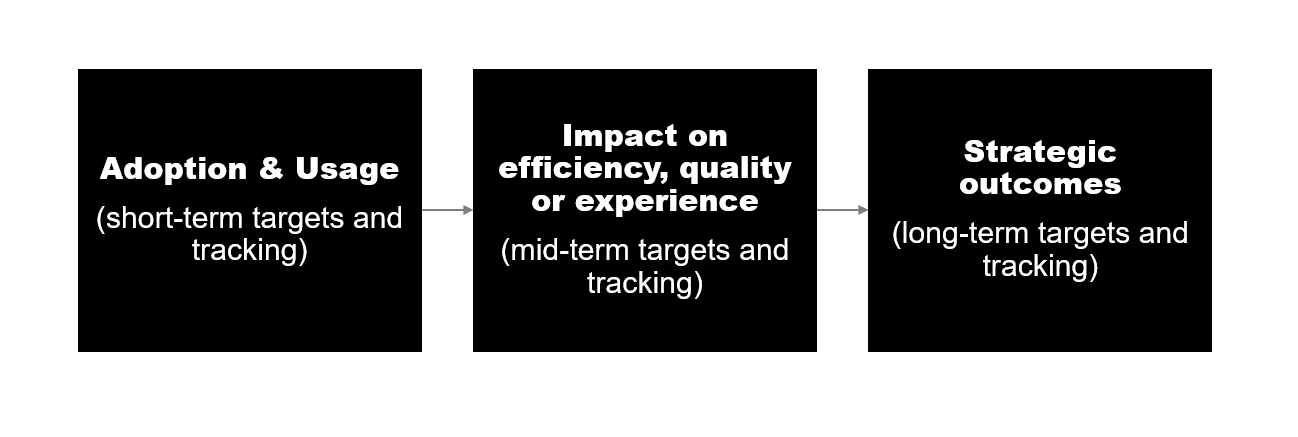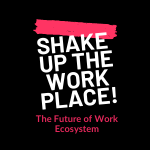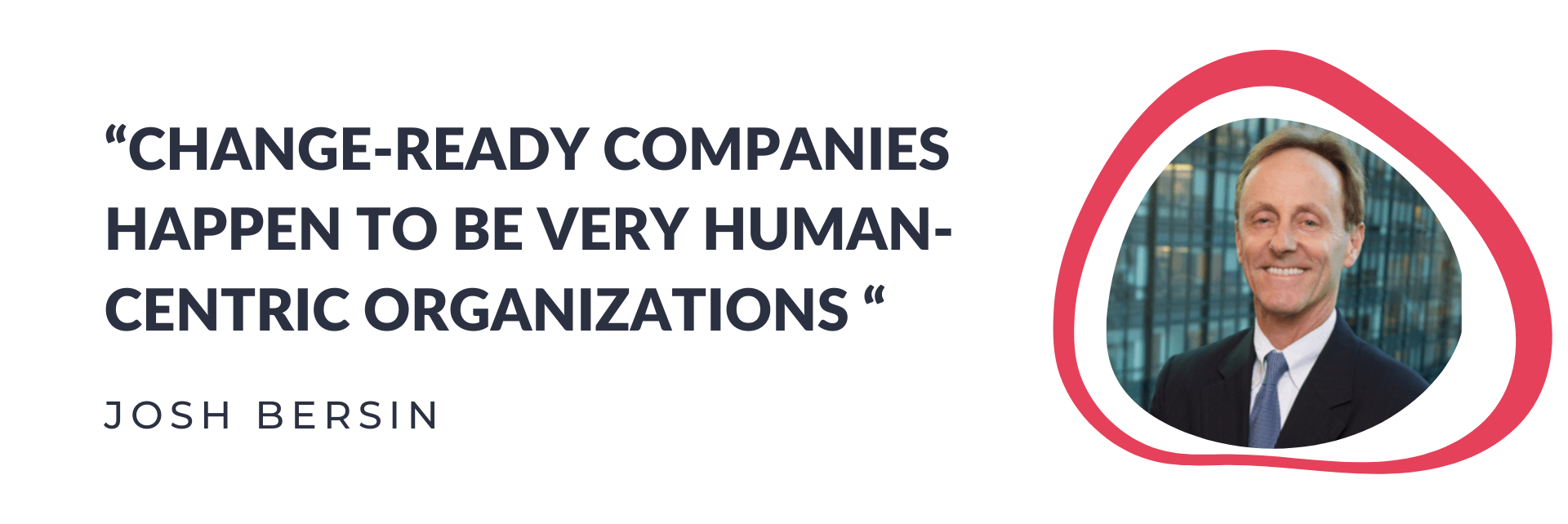
Can change be controlled?
Do you work in a complex and adaptive organization that is highly interdependent and connected and where circumstances and priorities change frequently? Many of us do. Yet, as humans, we like to think that we can control the situations we face and the work we do. Also, we try to bring things in order, plan better to avoid unclarity and become better aligned. We often have a picture of a cause-effect setting where ‘if we complete activity A, then B will happen.’ It’s not uncommon to set up a plan with linear logic, listing hundreds of time-boxed activities. How often have you set a timeline with a linear flow, a very detailed sequence of activities to be delivered all perfectly engineered to feed into each other? I have seen this (and been guilty of this) many times myself when planning projects and initiatives at work. But how many times do we actually stick fully to the timeline? And how many times do we actually focus on the outcomes and not only the output? Often, complex organizations are no longer linear and even if the activities alone are linear, changes in the context and interdependent areas might change the game. When we start to accept that and focus on the human side of change, we see the need for change agility.
Do we drive implementation or do we drive change?
I often hear people talking about “managing” the change, as if it can be controlled, sometimes even by one person such as a project or change manager. Sometimes, we tend to think that if we just plan well enough, we can control that the change really happens. This, I believe, is an illusion, especially in an ever-changing world and complex context. The implementation of a new tool or software can be controlled, yes. One day technology is 'live' and people can start to use it. But do we want to drive implementation or do we want to drive real change focused on outcomes? If we stay focused on the outcomes and results we want to see, we can be agile with the approach to get there.
Planning itself is not a bad idea, but what if we actually started planning for the unknown?
Let’s recognize that we don’t know exactly how everything will play out or what context we will be in 6 months from now. Planning for the unknown sounds mysterious but let me assure you this is not based on Stranger Things. Instead, it’s based on my own experience of continuous improvement and change management in a corporate setting.
Here are four recommendations:
- Start by having a clear picture of the problem you are trying to address. For whom is it a problem? Is it on an individual level, team level, or even organizational level? How often does it occur? What are some measurable effects of the way it works today?
- Agree on the outcome you want to see of the change rather than the technical setup. What are the strategic outcomes we are aiming for? What are the expected short-term effects? What are we aiming for in terms of adoption or usage in order to get these effects and ultimately the strategic outcomes? In my work, I developed this model to be concrete about what we want to achieve long-term (outcomes) and the journey to get there.

- Invite multiple perspectives and work with iterations to get feedback along the way. If possible, invite those impacted by the change to shape the new way of working. Or at least set up two-way feedback forums. This will not only help people feel more engaged, it will also drive better and more sustainable outcomes.
- Often, no one sits with all the answers from the beginning. This means we need to think like scientists – collect insights and data that will help us understand if the activities we are completing are actually driving adoption and impacting the short-term and long-term outcomes. If not, we should ask ourselves why and adjust our plan if needed.
Planning for the unknown doesn’t mean that we let go of planning. We still need to be intentional about change and empathize with the individual. Too often people refer to change as something floating in the air, when in fact it is an individual choice to do something differently than today. Let’s do our best to empower, coach and inspire individuals to act on change. Let’s see it as a journey instead of a checkbox exercise.
This quote from Josh Bersin implies that change agility in fact is a corporate capability needed on an organizational and individual level. Change agility is becoming a necessity for organizations to survive and keep business agility to remain competitive in the marketplace. An organization’s capability is the aggregate of all the individuals inside of it but also a result of the efforts an organization makes to enable agility. Change agility helps individuals to deal with change, it helps leaders to lead and coach people through a change and it also helps project professionals to drive change and not only focus on implementation. It is clear that cultivating change agility and developing a human-centric organization emerges as more important than trying to “control” change.
Four ways to build change agility into organizations
Coming back to Josh Bersin’s quote on human-centric organizations, a Forbes article from earlier this year suggests the following areas of focus for organizations that want to become more agile to change:
- Focus on continuous learning
- Promote experimentation
- Prioritize psychological safety
- Develop change leaders
What is your organization doing to make this happen?
To get even more deep-dive content such as this, join our SHAKE UP THE WORKPLACE COMMUNITY as a FREE member today
On this page, you will also find more info about our other membership tiers and how they help you take action toward your desired Future of Work.
About our Thought Provoker: Vera Freivogel has dedicated most of her professional life to leading change initiatives with impact, either through continuous improvement methods or in global HR projects. She has lived and worked in several countries and continents, has studied six languages and always seeks fresh perspectives to challenge the status quo. Being a change leader and agile coach, she is used to navigating the unknown and finding opportunities in new ways of working.











